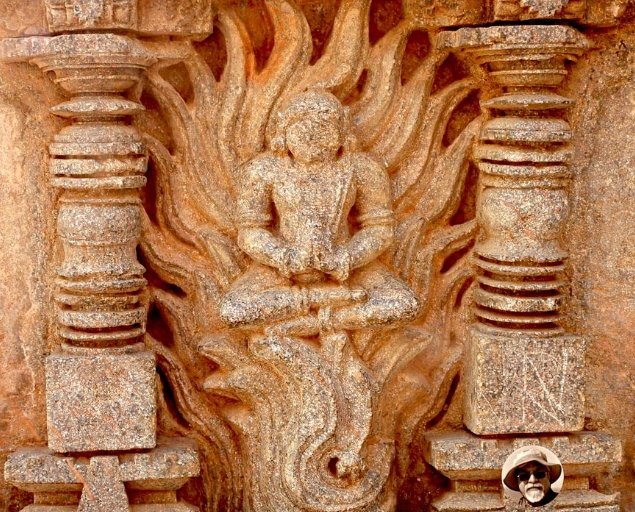How India can preserve its Vedic culture? -5


The dissemination of books is crucial for educating people about culture and spiritual traditions. Of course, not everyone in the cities and villages will be able to read, but as each successive generation becomes more educated, this is changing. It is crucial to disseminate works written in indigenous languages, like the Bhagavad-gita. Other easily understandable literature can also be practical. Having weekly classes to read from and debate the book to improve people’s grasp of it and the philosophy can work effectively for illiterate people. In groups, this is very beneficial to do at the temple. As everyone is seated, there is a stronger sense of connection, community, and loyalty to one another and the culture.
Together with the weekly gatherings for bhajans and arati to the deity, this is a simple thing to perform. Every week, on a Saturday or Sunday, or even every day when individuals can attend, in the early morning or later in the evening for those who can make it, a time should be set out for this. It is the ideal location for such extra activities when everyone congregates at the temple. Then, each person can deepen their understanding of the culture and philosophy while also strengthening their religion.
Caste distinctions or other social categories that seem to maintain needless discrepancy amongst members can also be reduced by people gathering together in groups to hear, study, and discuss the deeper spiritual parts of the Bhagavad-gita or other writings.
The TTD management in Tirupati has started another method of reaching the countryside. The Tirumala Tirupati Devasthanams (TTD) management has launched “Matsya Govindam,” which is targeted at the fishermen hamlets dotting the long, coastal belt of the State, starting from Tada in Nellore to Itchapuram in Srikakulam district of Andhra Pradesh. This comes after TTD management’s “Dalita Govindam,” which reached out to Dalit colonies. A target group that has hitherto been seen as alien is receiving training in temple ceremonies for the first time in the nation.
The fundamental principles of Vedic religion, the growth of the temple system, the “do’s and don’ts” of deity worship, characteristics of the Agamas, rituals, how to handle festivals, and other topics will be taught to the fishermen in addition to building relationships with devotees.
The idea is believed to have originated from worries of the demise of the Hindu religion and temple system in the coastal region, which is primarily populated by people from the fishermen community. There are 213 temples located in 187 communities along the seashore, which spans nine districts.
Twenty of these were devoted to the Shakti or Veerabrahmam religion; the remaining ones are “Ramalayams,” or temples to Lord Rama, most of which are in a state of disrepair.
The movement picked more speed when the fisherman community itself began to protest about other faiths “poaching” them in the coastal region. Koduru Jayaram, the president of the Kakinada-based “Matsyakara Sankshema Samithi,” had proposed this concept to the TTD in order to preserve the Vedic temple system by preparing local residents for the priesthood.
HELPING THOSE WHO HAVE MEDICAL CONCERNS
There are numerous additional methods to help the villagers or people in general, who frequently make do with minimal requirements.
Organizing a fund-raising campaign among the individuals you know in your temple or finding sponsors to bring the villagers together to distribute blankets, clothes, and other necessities has been beneficial in many places. Some temples perform this regularly or annually, to the locals’ great delight.
Set up medical and diagnostic camps in key villages or towns so that locals may go and get checked out or receive care for their medical requirements. Local doctors may receive a small charge, or even foreign or NRI doctors may go to offer their services for free.
Members of a temple congregation can participate in blood drives to donate blood that may be needed by others in need.
Villagers frequently struggle to find even the most basic necessities for survival. And these straightforward techniques presented here can provide the means to take care of them without involving outside interests or those of other religions.
This frees them from the risk of being subjected to conversion tactics, which are frequently used when individuals from other religions get involved and subsequently provide medical services or basic necessities with the purpose of converting the villages to their religion.
Source: Crimes against India by Stephen Knapp
DISCLAIMER: The author is solely responsible for the views expressed in this article. The author carries the responsibility for citing and/or licensing of images utilized within the text.
